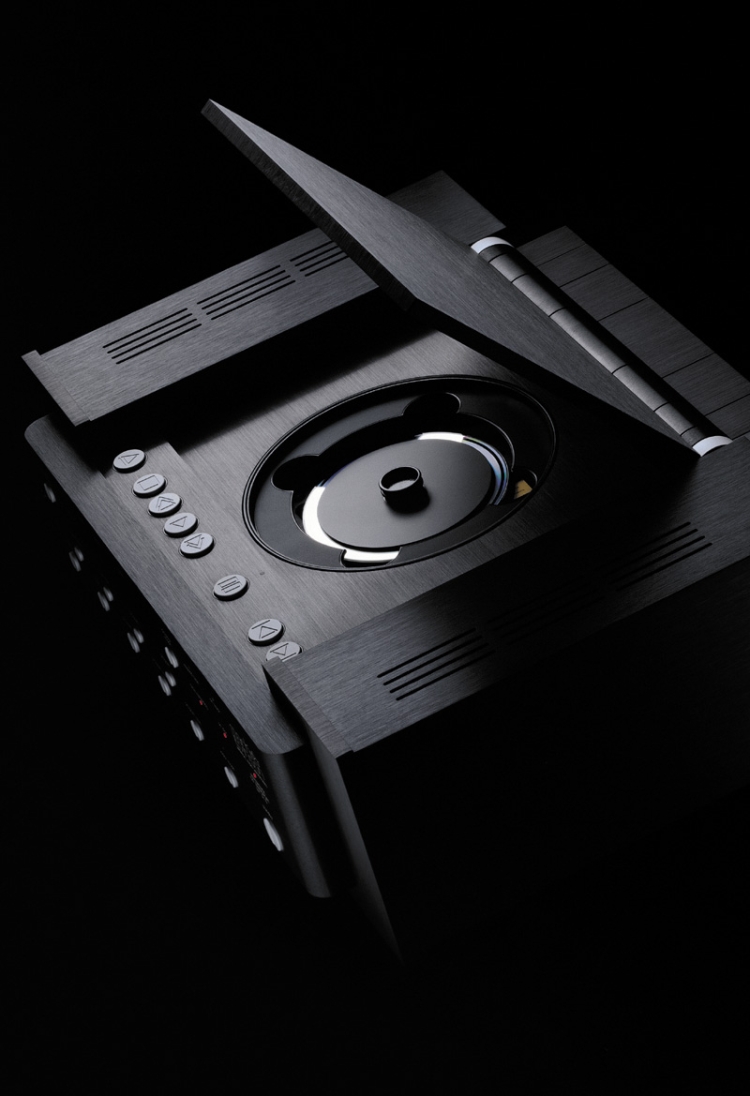
For the longest time, Mark Levinson was the epitome of high end, and to this day, their products hold their own
Mark Levinson no.390S
2000
Retail price approximately 10.000 euro in 2000
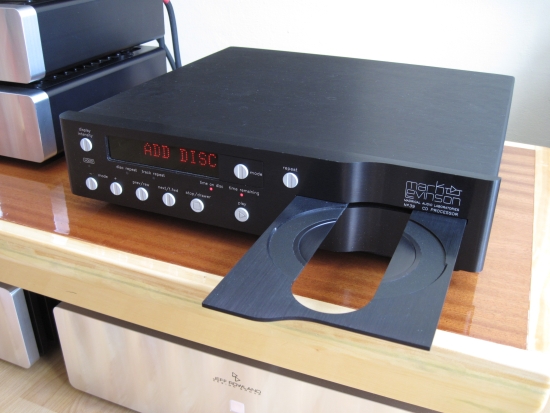
For me, this is the best sounding CD player to date. It may not be the most accurate, not the most lightning-fast player ever, but it succeeds in combining many traits like a full tonality with deep and powerful bass with a believable, acoustical midrange and smooth, fluid treble, wrapping all that into a room-filling soundfield to make a musically very satisfying player. It also doesn’t punish you for playing less than perfect recordings. Add to that a super-slick, fast yet smoothly and silently operating drawer and you’ll understand why I love this player so much.
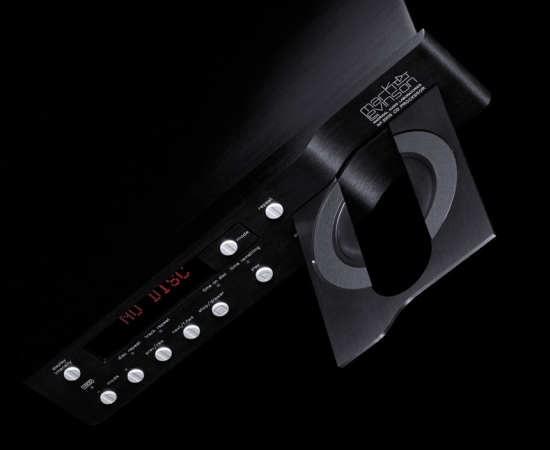
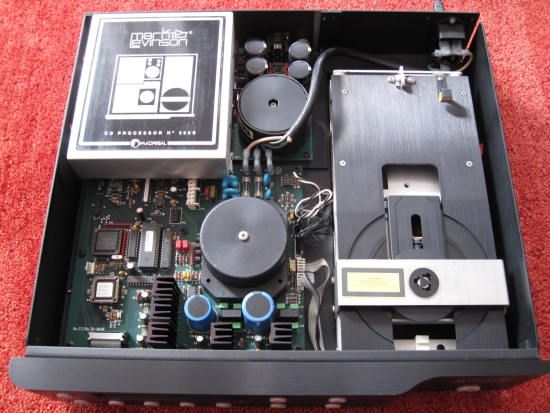
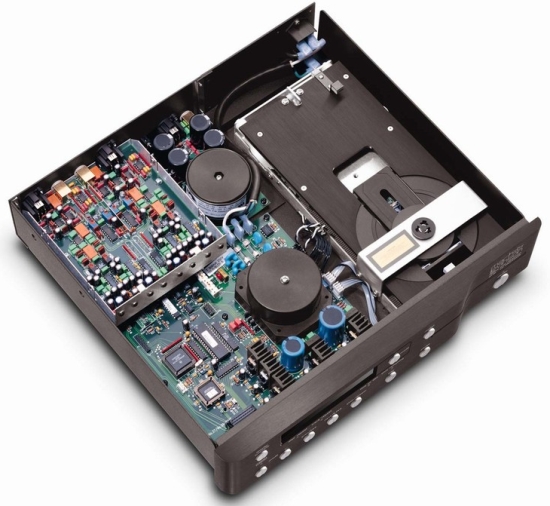
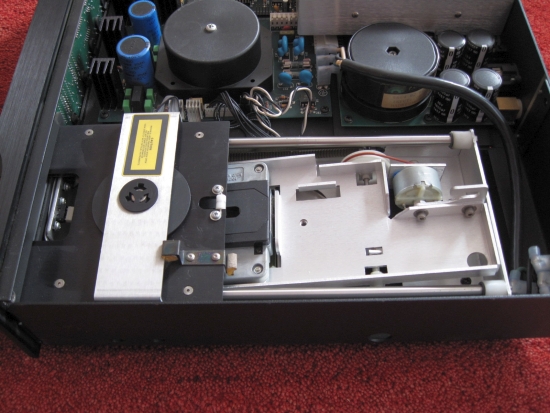
The Philips CD-Pro module is mounted in a proprietary all-metal loading mechanism.
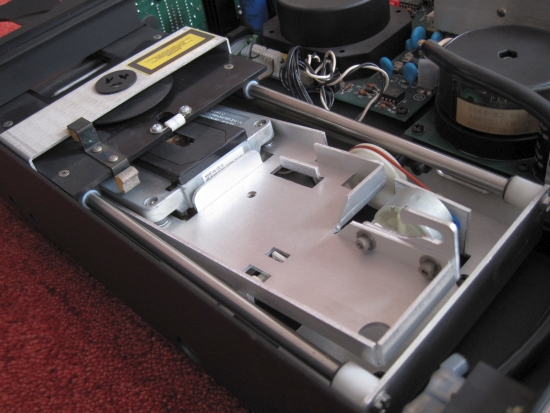
The proprietary loader mechanism is the best I have seen so far: smooth, quick and precise.
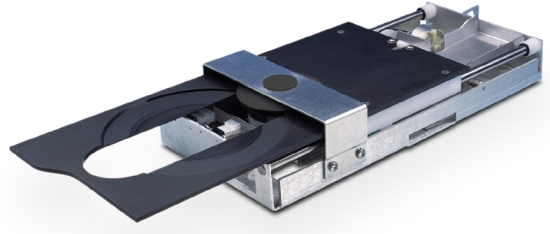
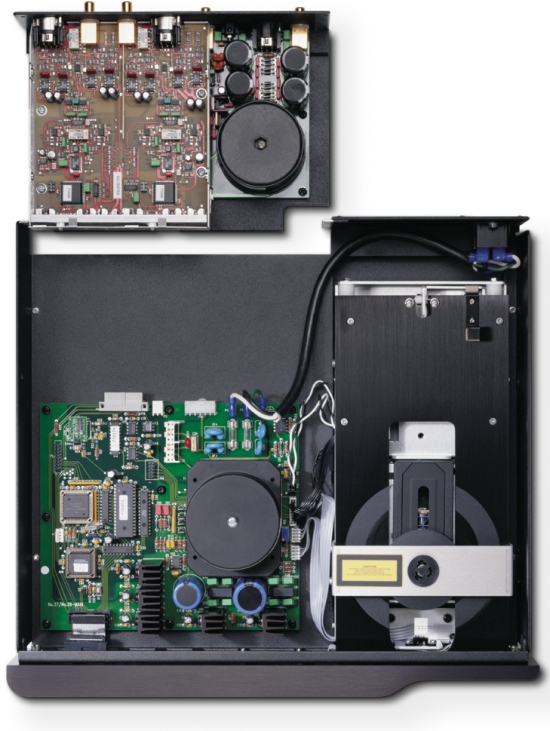
See also the The almost complete Philips CDM range of CD Mechanisms for lots more info about the CD Pro module
Mark Levinson no.37
1997
Retail price approximately 6500 euro
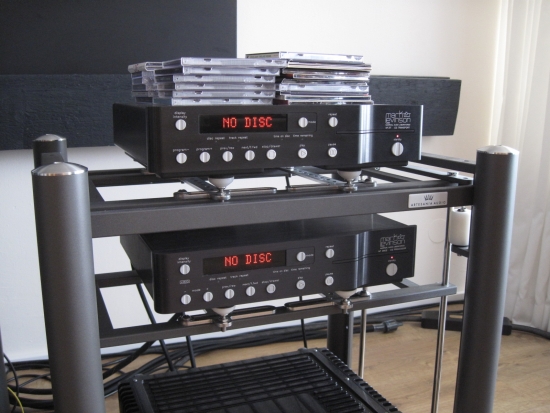
The Mark Levinson 37 is a transport-only version of the 39, which is the predecessor of the 390S as described above. Note that the 37’s digital output circuit might be different from that of the 390s. Also note that the 37 was originally fitted with a CDM12 IND CD mechanism and later production runs may have been fitted with a CD-Pro mechanism. The 390S has always had a CD-Pro mechanism.
Said by Stereophile to sound even better than the no.31 transport but apparently the 31.5 reference transport restored its status as master of transports. Still, I am not a fan of separate transports and DACs due to the degradation going on over the S/PDIF or AES/EBU connection.
Interestingly, the 37 sounded much more upbeat and articulate than my 390S prior to its capacitor replacement. After it was brought back up to spec, the 390S (with original transport) sounded much more lively, but still, the 37 beat it in those areas. When I purchased another 390S after selling my first player and regretting it afterwards, I had it restored, and also had its transport replaced. When I listened to it even straight from cold, I was stunned to find that this particular 390S when used as a transport sounded even better than the 37!
It was at once fast, articulate and dynamic, but also timbrally full and more fluid than then 37. When I asked the repair shop how two 390’s could sound so different I was informed that small differences will always exist. Oh, how we continue to be amazed in the interesting world of high end audio.
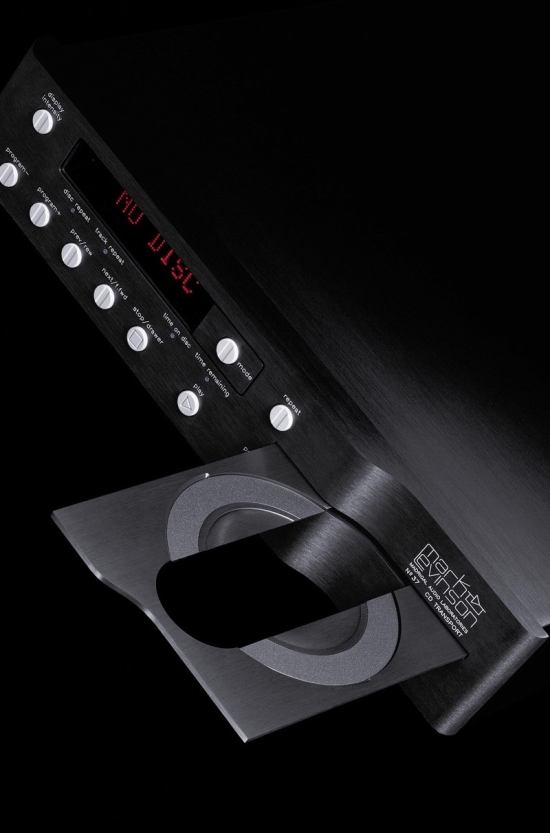

Above: 390S CD player and 360S DAC. The latter uses 4 PCM1704 multibit DAC chips while the 390S CD player uses 2 AD1853 chips, which are Delta/Sigma chips, so essentially bitstream units. Naturally Levinson did not pick just any 1-bit DAC but opted for a special hybrid multibit Delta Sigma design.
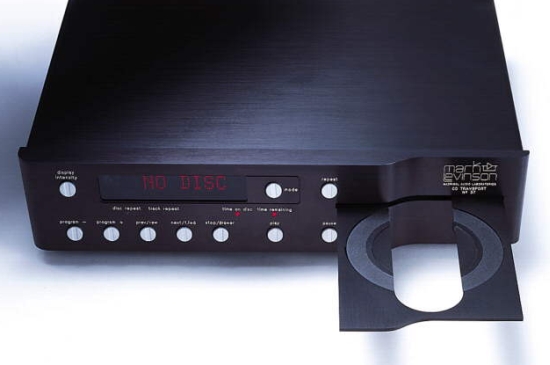
See also the The almost complete Philips CDM range of CD Mechanisms for lots more info about the CDM12 IND module
Mark Levinson no.31
1992
Retail price 8495USD
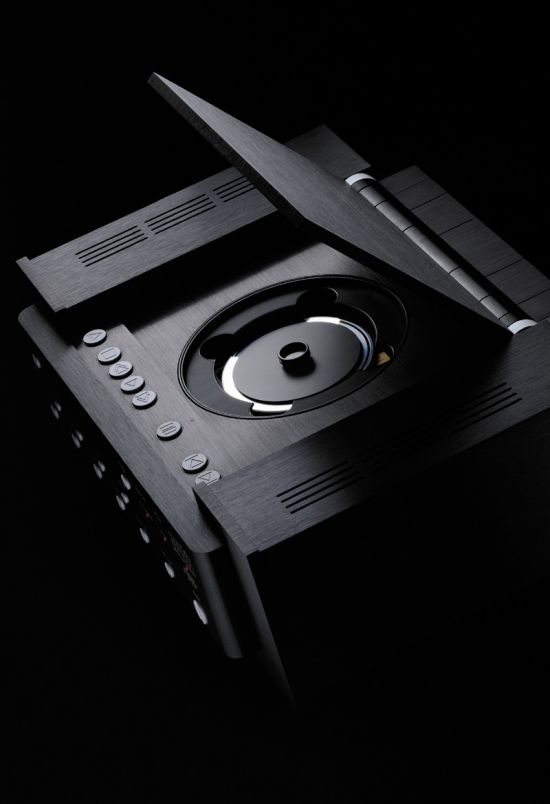
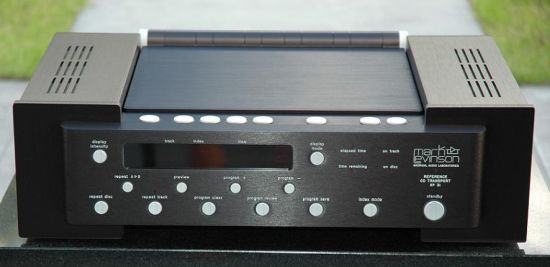
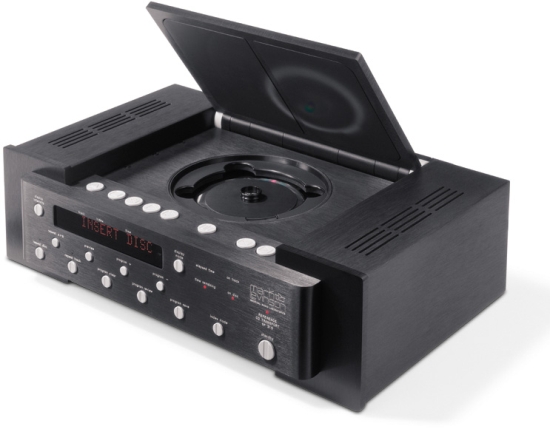
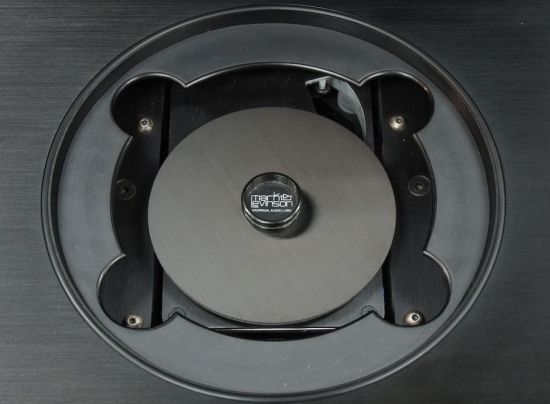
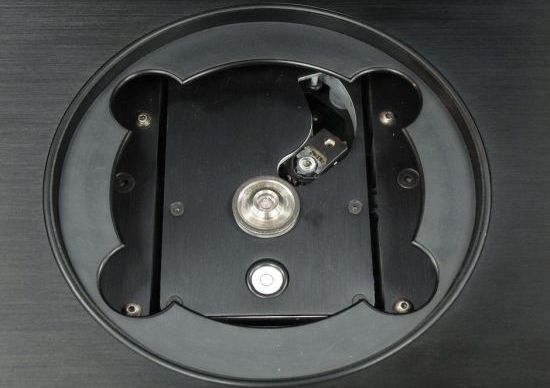
When it was introduced, the 31 amazed even the most seasoned listeners. Stereophile’s John Atkinson was so smitten with it that he purchased the review sample and Robert Harley found it to be vastly superior to every other transport he auditioned while also revealing just how weak a link the transport has been in terms of digital playback musicality. He added that even processors with very good input receivers and low jitter had their sound transformed by the No.31.
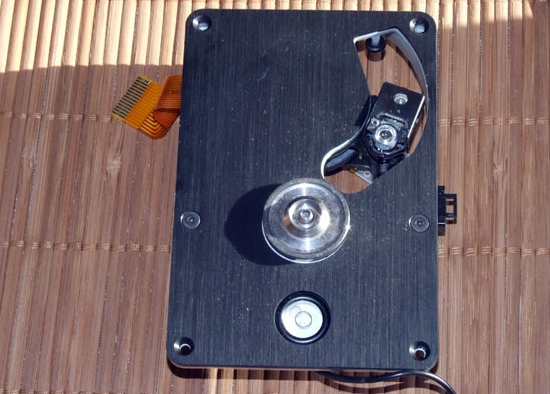
Based on a modified Philips CDM 4 industrial mechanism, the 31 is not just a pretty case around a standard CD mechanism – there are two independent power supplies, one feeding the microprocessor and filter, the other feeding the servos. Additional regulation is done downstream, precisely where needed.
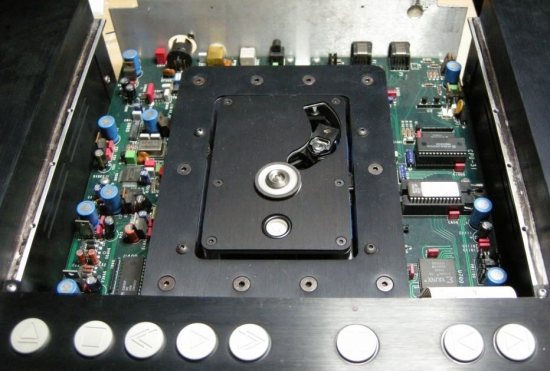
The CDM4 assembly is encased in a lead sandwich and suspended on springs inside another lead assembly that itself sits on large foam-filled springs to make for a double-springed contraption. This assembly alone weighs 4KG!
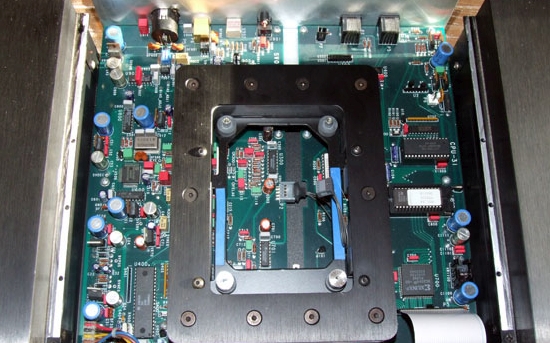
The large lid meets a rubber ring surrounding the plate covering the transport mechanism, forming an acoustically isolated disc-playback chamber. This is said to not only provide a pitch-black environment for the optical system but also to prevent sound waves from reaching the disc which in turn is said to vastly improve the reading precision.
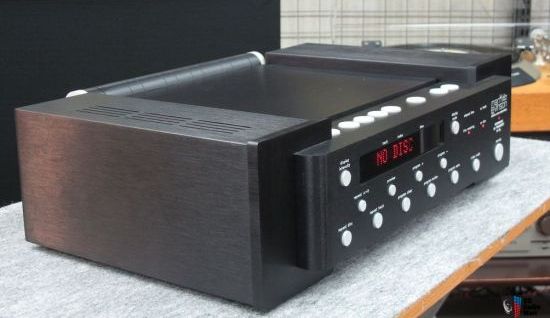
Below are the No.31’s two main boards: the SVO-31 Servo- and Digital Output board, and the CPU-31 Control board.
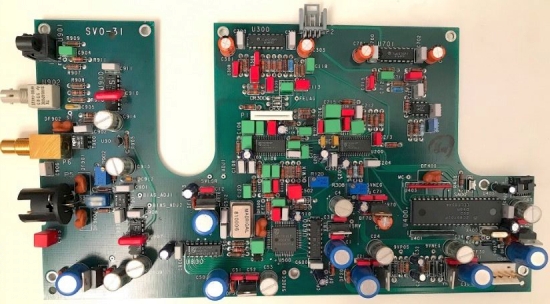
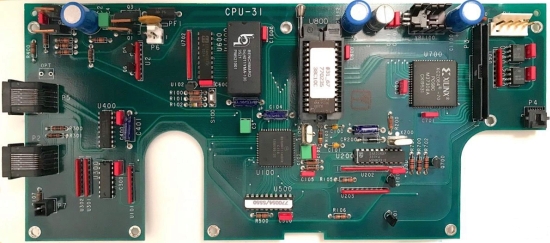
The digital output stage uses a mil-spec, temperature-compensated crystal oscillator. A pulse transformer couples the S/PDIF digital signal to the final output jacks. Although this is a common technique, Madrigal uses an unusual trick to optimize the transformer’s performance. A DC voltage biases the transformer on all the time so that the digital signal doesn’t cross the ground transition. The reason why is unknown to me but the company says it found that this technique greatly improved the transformer’s performance.
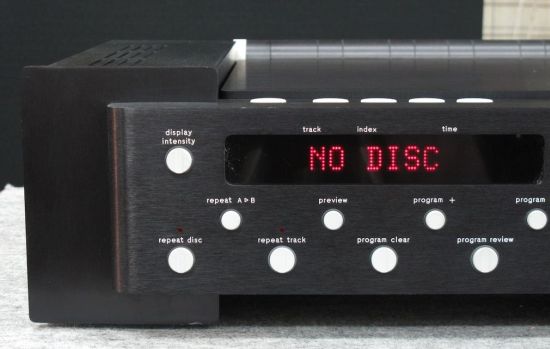
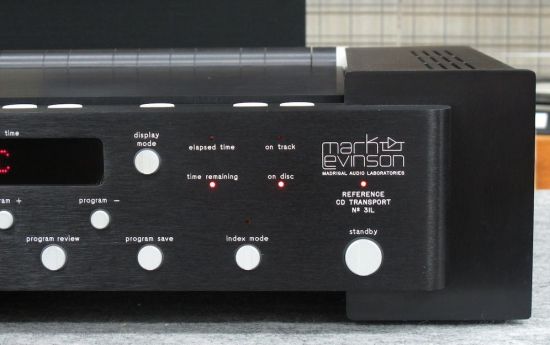
The 31’s successor the 31.5 would offer improvements in various fields and it claimed “Reference Status” right until it was finally discontinued. Apart from the change from CDM4 IND to CDM12 IND, the 31.5 also improved on its forebear by offering whisper-quiet operation of the lid whereas the 31’s lid made a relatively loud grinding noise when opening and closing. Another notable improvement was the Crystal Oscillator that would now be mounted on a separate PCB and suspended from rubber belts.
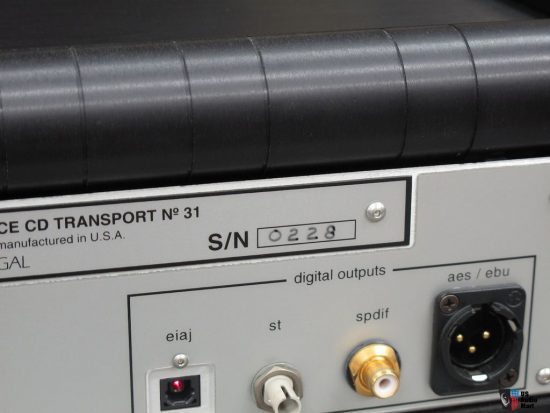
See also the The almost complete Philips CDM range of CD Mechanisms for lots more info about the CDM4 IND module
Mark Levinson no.31.5
1996
Retail price 15.750 euro
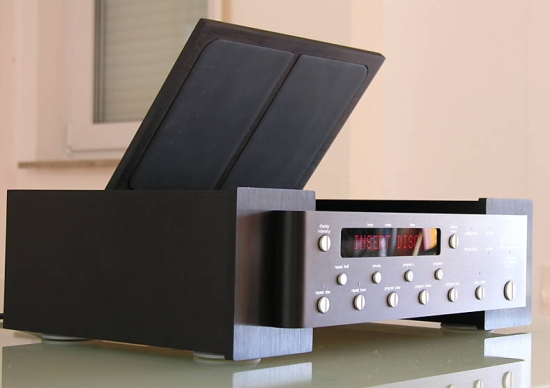
The No.31.5 was an undisputed and long-standing reference in several important audio magazines. When the more affordable 37 was launched after the introduction of the 31.5’s forebear the 31, it was said to actually sound better… Mark Levinson addressed this with the 31.5 which, was agreed by reviewers to again outperform the 37.
The 31.5 has the same massive construction as its forebear but adds a floating crystal oscillator (suspended from rubber bands) and a change of CD mechanism, from the swing-arm CDM4 IND to a linear-tracking CDM12.4 IND. The core of this transport is comparable to the CDM12IND or CDPro mechanism used in the 37, 39, and 390S but with a more robust-looking spindle/CD turntable similar to what was used with the CDM4. Of course, as with the 31, the transport assembly is sandwiched in lead and encased in another lead construction, suspended on springs.
Loading a CD is very much a manual process akin to putting an LP on a turntable, but the 31.5’s lid does open super-smoothly at the touch of a button with a high torque motor. Unlike with the 31, the lid motor is whisper-quiet which greatly adds to the sense of luxury.
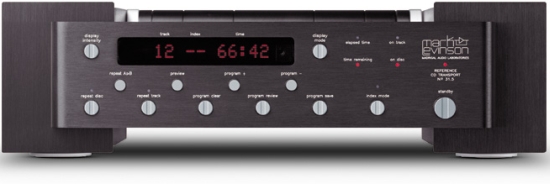
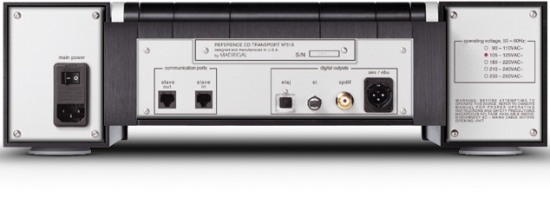
A bit disappointing for me is the need to manually apply a puck on top of the CD, which, given the company’s brilliance, really shouldn’t be neccesary. Surely Levinson could also have incorporated the puck into the lid. Take the simple Rega players such as Planet and Jupiter or the certain Ayon models as examples. What’s also annoying is that the damping layer of the puck creates a temporary vacuum seal that makes the CD stick just long enough to it to cause one to drop it along the way when removing it. Incidentally, the exact same happens with the Jay’s Audio CDT-2Mk2 which uses a puck that is obviously inspired by the Mark Levinson’s.
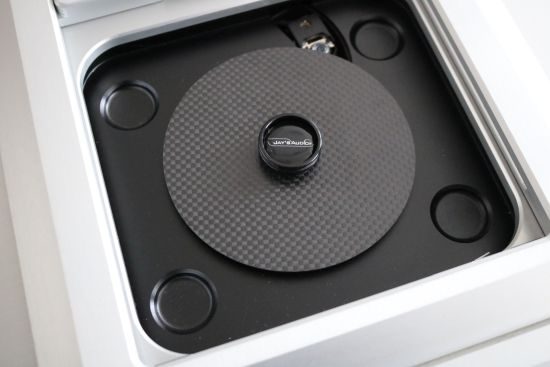
Above: Jay’s Audio CDT-2Mk2 damper/puck, clearly inspired by (read: copied from) the Levinson original.
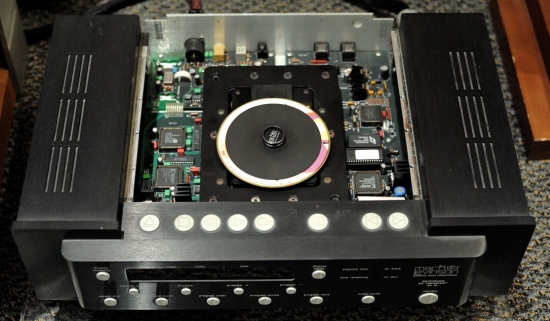
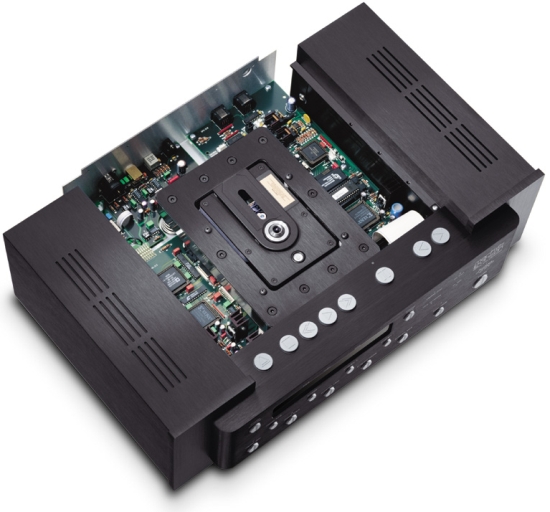
31.5 inside: a marvel of technology. Underneath the transport mechanism, you can see the servo/output board and the main control board. The left and right wings contain power supplies and pre-regulation stages.
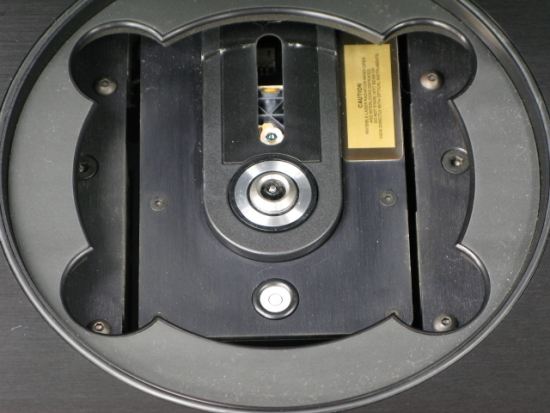
Above: note the plastic spindle/CD turntable, which does not look like the CDM12 IND and actually more like a CDPro, albeit with the optional milled aluminum centering hub, rather than the more commonly seen standard plastic hub.
Since the original mechanism is pin-compatible with the later CDPro models, this player has probably been fitted with a replacement mechanism. Or maybe there was some variance in the production run of the CDM12 IND, and, thus, in the No.31. Or maybe, and this is probably most likely, there was variance in the mechanisms used in the Mark Levinson production run.
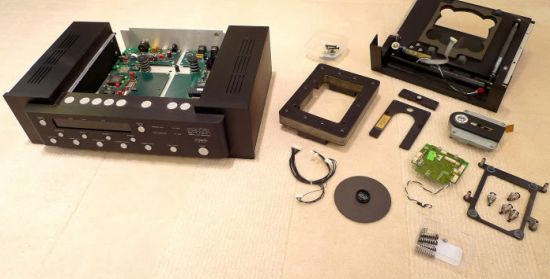

Precision machined aluminum buttons
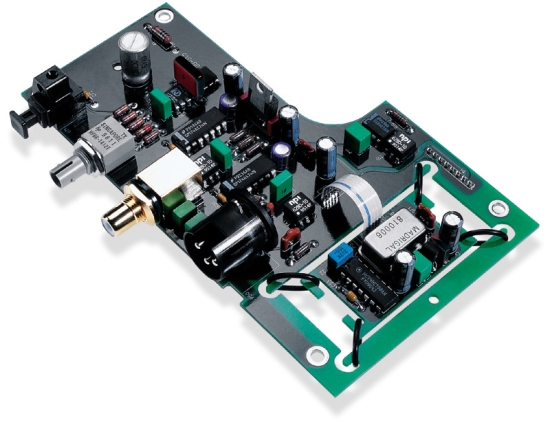
Digital output board with the clock part floating off rubbers – I love this kind of attention to detail!
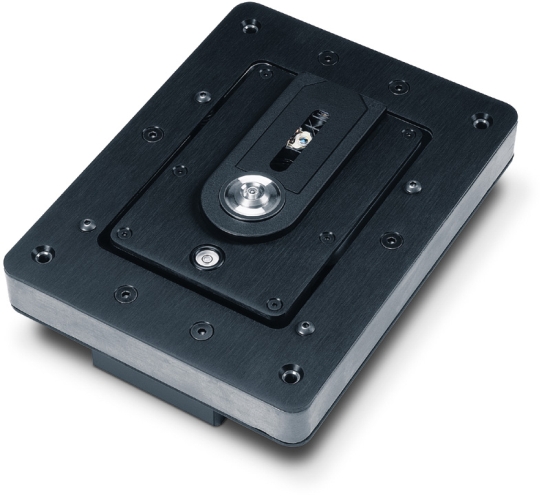
Philips CDM12 Industrial, the core of which is the same as used in the 37 CD transport. The version in the 31.5, however, is sandwiched in lead and has an outer lead casing surrounding it. Also, note the fully metal CD turntable, similar to the one normally found on CDM4 drives, as is standard for the CDM12 IND but was replaced with a cheap plastic part in the later CD Pro series.
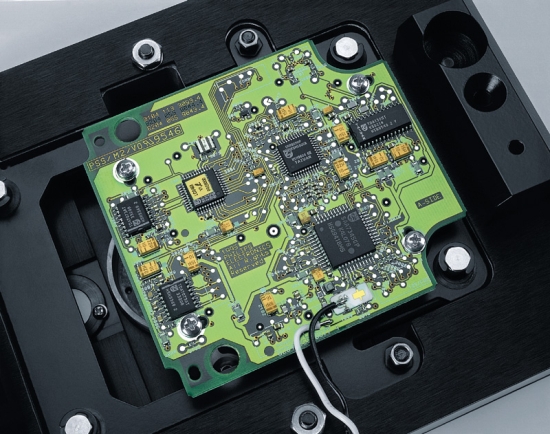
The underside of the CDM12 mechanism. Eagle-eyed viewers may notice the TDA1305t DAC chip. This is integrated by Philips as standard but is, of course, not used by Mark Levinson.
See also the The almost complete Philips CDM range of CD Mechanisms for lots more info about the CDM12 IND module
Ahhh, the good old days, when transports used to be over-engineered. How I miss those times! Even if a Meridian 808.3 looks the part and sounds marvelous, I feel that its plastic drawer detracts from the pride of ownership. I prefer a solidly made, smoothly working mechanism over a standard CD ROM any time.
More CD Mechanism Masterpieces
Accuphase
Burmester
Krell
Linn
Meridian
Marantz
Pioneer
Sony
Teac/Esoteric
Wadia
Read Also
The almost Complete CDM range of CD Mechanisms
Inside Pics of classic Philips and Marantz CD players
Classic Philips and Marantz CD players compared
Marantz DAC and Transport List
Philips DAC and Transport List
Marantz timeline
Philips timeline
Wadia Digital Company Special
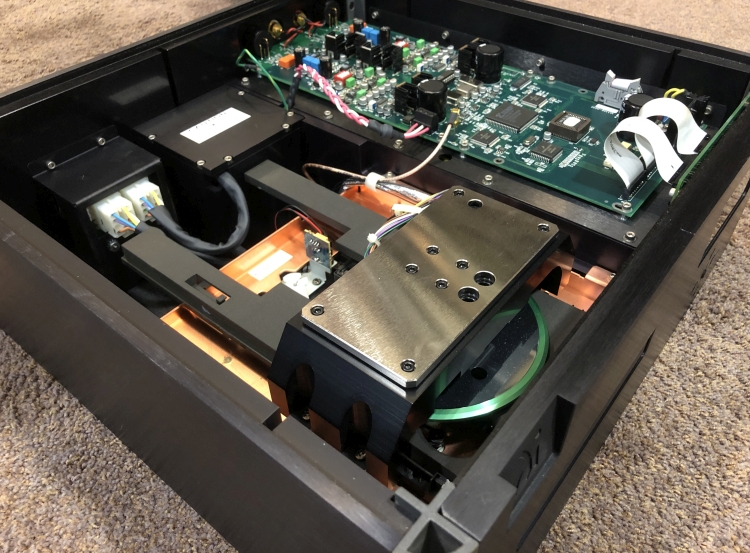
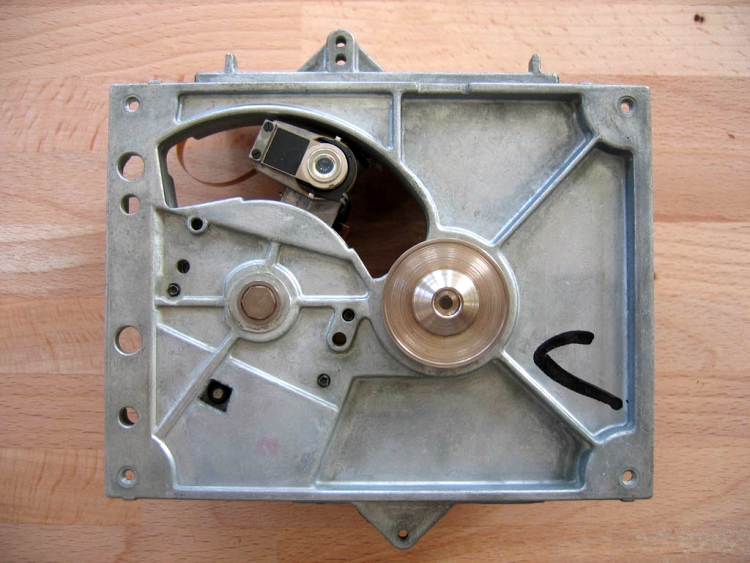
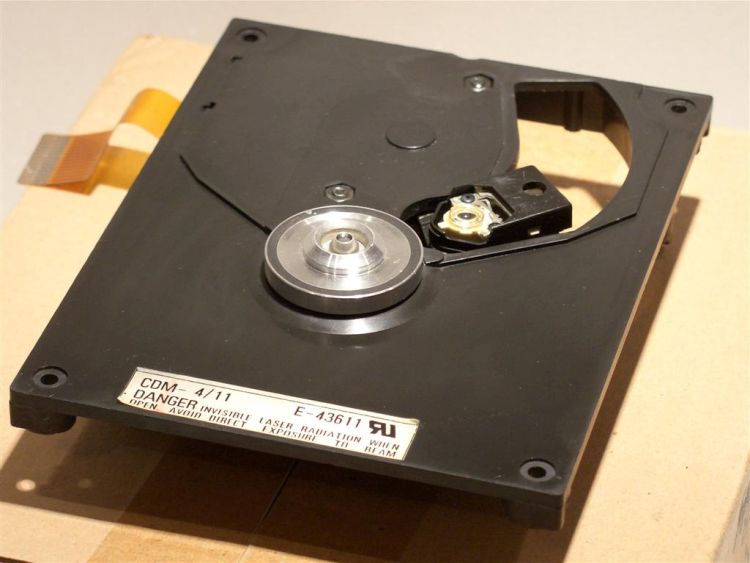
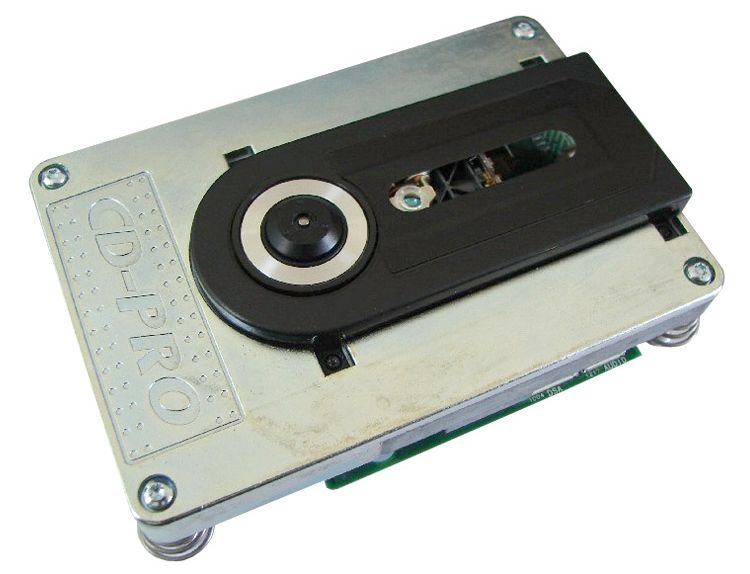
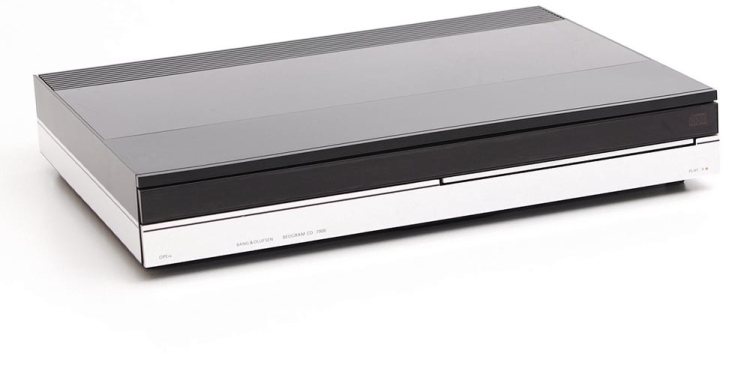
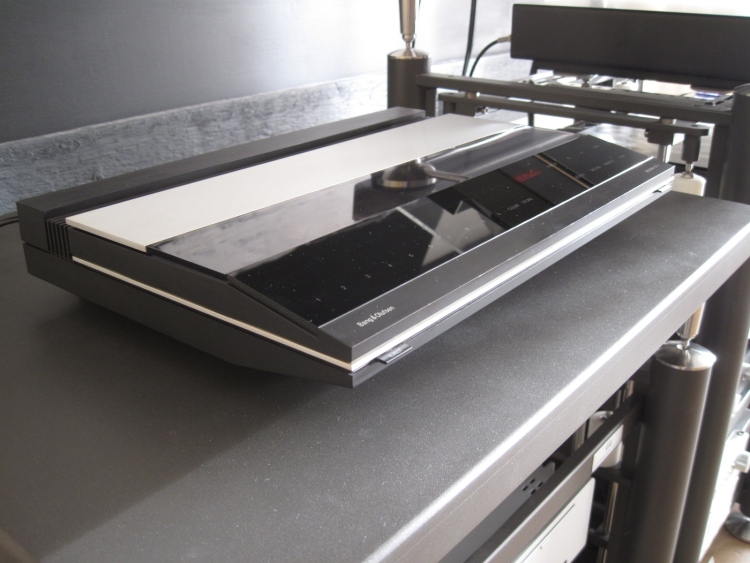
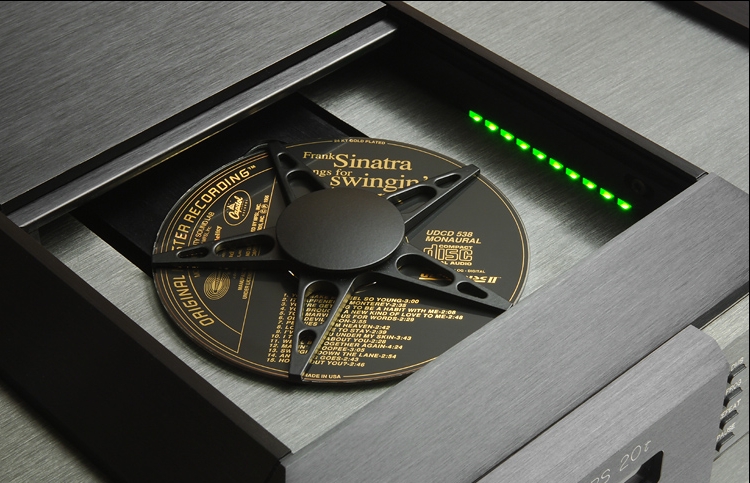
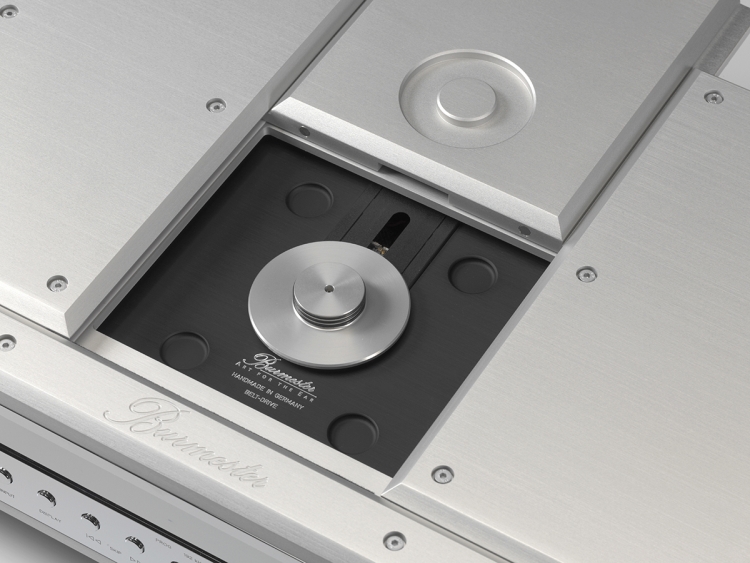
Hello,
For the best transport, what do you prefer between Mark Levinson 37 and Mark Levinson 31.5 ?
ML31.5 can sound lifeless and very unnatural ?
Thanks and regards.
Patrick
That is a very good question. Alas, I have never heard a 31.5. I’ve always wanted one but found them too expensive. That said, I’ve heard it said on several occasions that the 37 and 39 (used as transport) actually do sound smoother and less “clean”. I do know that I personally preferred the 390S to the combination of 37 and 360S, for the latter was more detailed but also more mechanical. I’ve also heard an ML all-reference setup once with large Sonus Faber speakers (Elipsa, I think) that totally failed to engage me emotionally. In retrospect, the 31.5 may have had something to do with that as well. Ultimately, I think that the 31.5 may well be excellent but perhaps rather precise and therefore needs to be matched carefully, combined with free-sounding partnering equipment.
Dear Christiaan,
love your site, my faforite site when it comes to digital audio. Regarding ML 31.5 (I just turn around, yes it`s still there) this is stíll the best CD Transport I know. Still no chance to even come close to my analogue rig, but thats another story.
Best Regards ES900
Ah yes, the 31.5. One of the very few classic highlights that I still have not yet heard in my system. Having owned the 390S and 37 and loving both, I fully trust that the 31.5 is something special. Alas, the 31 and 31.5 still command too much second hand for me to want to invest in one. After all, the classics are great for me personally and there’s certainly an audience for reviews of classic equipment but I can’t really use old Wadias or Levinsons as references with modern digital equipment. But that doesn’t stop me from playing around with classic equipment. For instance, I have currently gathered a flock of CDM4 and CDM1 players from the likes of Philips, Proceed and, indeed, Wadia, the WT3200, which is basically a Marantz CD95 which is in turn basically a CD94 without analog components. The new item this time around is recapping and improving them using better power supplies, clocks and output interfaces. The nice thing about CDM1’s and CDM4’s is that, contrary to the CDPro2, they pretty much do not age. And even if one does fail beyond repair, there’s plenty of them to be found. With the CDPro stock having gone pretty much dried up, that is a not inconsiderable factor behind my decision not to get a 31.5 unless the prices come down. Or if I win the lottery, of course:-) The 31 does have a CDM4 transport but based on the reviews that I read I gather that it may not be that special. It’s even stated in Stereophile that the 37 was found to be better which is why the 31.5 was released. Either way, even the 31 is going up in price, no more than 2000 10 years ago, 3000 now. It’s insane… Hence, the Proceed. And I can tell you that it is mediocre as standard but it becomes really great with some TLC and a change of output interface. Anyway, all of this will appear in new articles on this site at some point, time permitting:-).
Geweldig review over de Levinson spelers. Opmerkelijk vond ik het verhaal over de verschillen twee 390S spelers nadat een was “Restored” Ik ben momenteel een 390S aan het zoeken en wil graag weten waar de speler is gemodificeerd. heb jij een indicatie wat betreft deze kosten?. Graag reactie en complimenten voor je HFA site.
Hi Geert, Thanks for the compliments:-) The refurbishing was done by Jan Schouten of audioreparatie.nl / Centripetal. It was not expensive, please check with Jan for the specifics.
Hi, I was wondering if you can help me, where can I buy the cd damper for mark levinson No 31.
Thank you
It will be hard if not impossible to source the original part but you could try approaching all distributors that are close to you. What you could also try is Jay’s Audio. In creating the CDT2 Mk2, they have effectively copied the Levinson damper, right down to its annoying “feature” to suck on to temporarily the CD when lifting it. Since they also use the CDM4 in their product, I think there is a very high probability for the damper to be compatible with the Levinson 31.